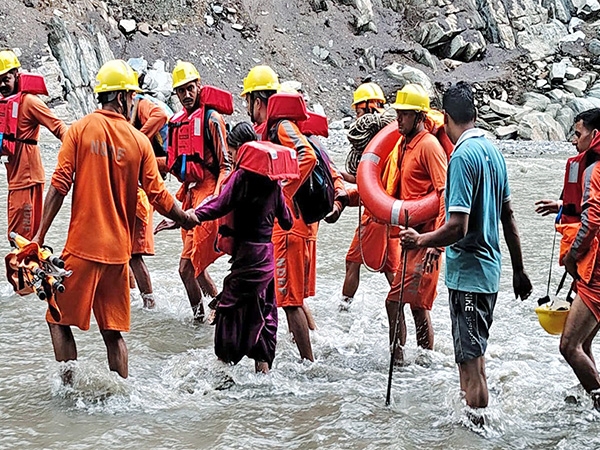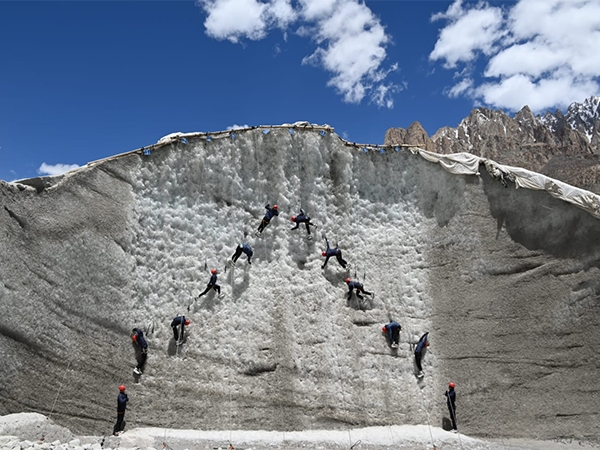
An analysis done by SRL Diagnostics, a diagnostic chain in India, on Viral Hepatitis (A, B, C, E) testing done in its laboratories revealed that Hepatitis C Virus infection was most common in the Northern states of India when compared with other parts of the country.
However, the water born Hepatitis E virus infection was found to be the most common laboratory diagnosed viral hepatitis in India. The data is based on more than eight lakh tests done pan India at SRL labs between January 2014 and May 2017.
Hepatitis C virus (HCV), the virus can cause both acute and chronic hepatitis, ranging in severity from a mild illness lasting a few weeks to a serious, lifelong illness.
However, 80-85% of individuals who contract HCV land up having a chronic hepatitis requiring extended, often lifelong, drug therapy. The hepatitis C virus is a blood-borne virus and the most common modes of infection are through exposure to small quantities of blood which may happen through injection drug use, unsafe injection practices, unsafe health care, and the transfusion of unscreened blood and blood products, or sexual contact with an infected person.
Globally, HCV prevalence is estimated at one percent with 71 million of HCV infected adults. A significant number of those who are chronically infected will develop cirrhosis or liver cancer.
Approximately 399,000 people die each year from hepatitis C, mostly from cirrhosis and hepatocellular carcinoma.
The study also revealed that all four types of viral hepatitis are more common in young age groups of 16-30 and 31-45 years. The water borne virus infections, both HEV (Hepatitis E Virus) and HAV (Hepatitis A Virus) infections were particularly common in the young adult age group of 16-30 years while HCV (Hepatitis C Virus) infection was more common in middle age to elderly age groups of 46-60 and 61-85 years. HBV infection was observed to be evenly distributed across age groups.
According to WHO - worldwide reports have recorded around 6-10 million newly infected cases. Based on the Global Health Sector Strategy on Viral Hepatitis report (2016-2021), viral hepatitis has been responsible for an estimated 1.4 million deaths per year from acute infection and hepatitis-related liver cancer and cirrhosis.
The WHO report has stated that approximately 48% are attributable to hepatitis C virus, 47% to hepatitis B virus, and remaining to hepatitis A and hepatitis E viruses out of the 1.4 million deaths. Worldwide, approximately 257 million people have chronic hepatitis B virus infection.
Commenting on the same, Dr. B. R. Das, Mentor- Molecular Pathology, from SRL Diagnostics said, "Despite around 400 million people affected globally, hepatitis has largely been ignored as a health and development priority until recently. Four common types of viral hepatitis i.e. A, B, C, E have different modes of transmission, affecting different populations and resulting in different health outcomes. With time, there has been huge influx of people into urban areas of India and significant changes in lifestyle of the urban population. For HEV and HAV infections hygiene and sanitation practices play major roles, while for HBV and HCV, lifestyle and awareness are very important".







![BJP's Kapil Mishra recreates Shankar Mahadevan’s ‘Breathless’ song to highlight Delhi pollution [WATCH] BJP's Kapil Mishra recreates Shankar Mahadevan’s ‘Breathless’ song to highlight Delhi pollution [WATCH]](https://images.catchnews.com/upload/2022/11/03/kapil-mishra_240884_300x172.png)

![Anupam Kher shares pictures of his toned body on 67th birthday [MUST SEE] Anupam Kher shares pictures of his toned body on 67th birthday [MUST SEE]](https://images.catchnews.com/upload/2022/03/07/Anupam_kher_231145_300x172.jpg)






